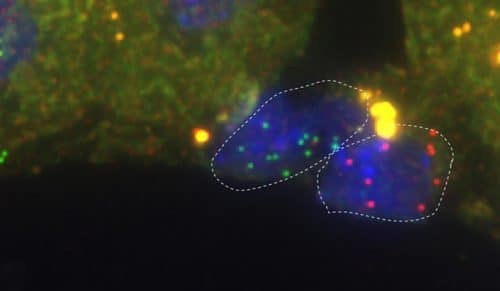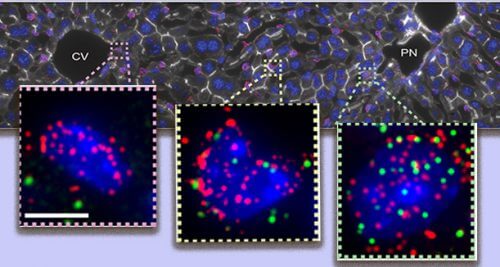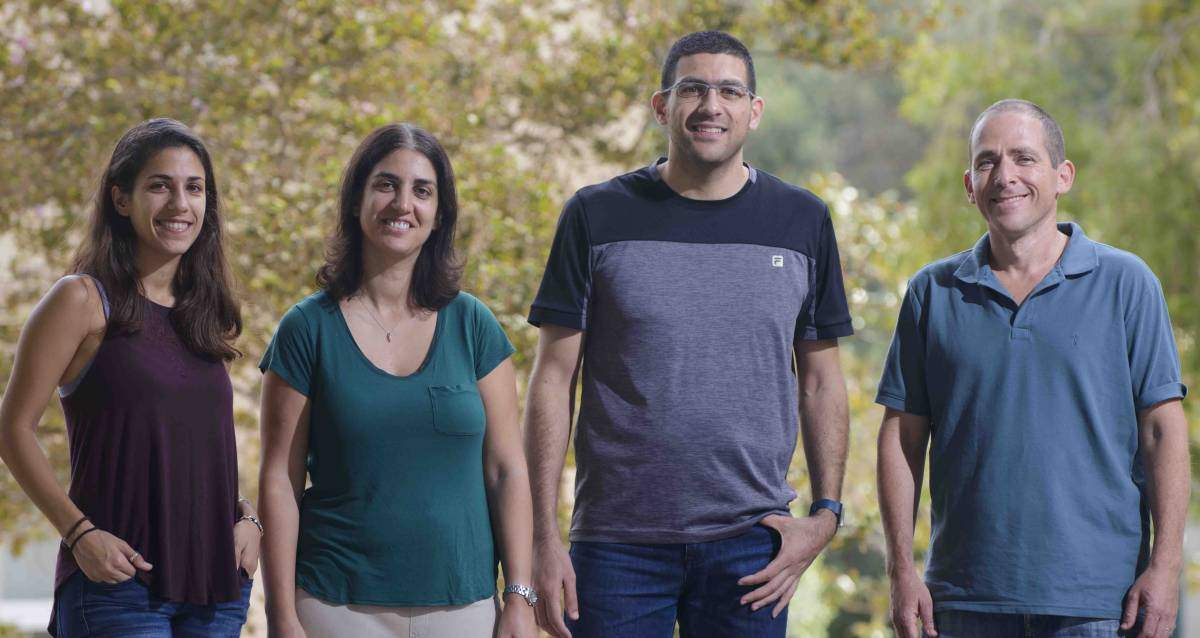Weizmann Institute of Science scientists were able to map tiny liver cells with the help of larger cells nearby

The saying "Tell me who your friend is and I'll tell you who you are" has proven to be extremely useful in cell research. Weizmann Institute of Science scientists were able to map tiny liver cells with the help of their "friends" - larger cells that are close to them. As reported in the scientific journal Nature Biotechnology, the "friends" method may enable the mapping of new cell types in the body, and even promote the possibility of tissue engineering and the development of new drugs in the future.
Scientists usually map cell types in the body using messenger RNA (mRNA) molecules that contain the genetic instructions for building proteins. In a previous study, Dr. Shalu Itzkovitz from the Department of Molecular Biology of the Cell discovered that liver cells called hepatocytes - the main "workhorses" of the liver that carry out vital operations such as detoxification - are divided into at least nine subtypes, each of which is in a different location and specializes in certain positions.
Other liver cells, other than hepatocytes, are more difficult to map due to their size. For example, it is very difficult to map the endothelial cells in the liver that line the blood vessels and connect them to the hepatocytes. Mapping these cells is important, since they are not just "fringe", but are responsible for important control functions in the liver. However, because they are so tiny - about 20 times smaller than hepatocytes - a single cell does not contain a sufficient amount of messenger RNA to allow its location and properties to be identified.
It is possible to apply the method we developed to map subtypes of tiny supporting cells in the brain, kidneys, heart and other organs in the body, including, for example, the cells of the immune system or fibroblast cells, which support the structure of the tissue."
In the new study, Dr. Itzkowitz and his group solved this problem by extracting cells from the liver in pairs - each pair included one endothelial cell and the adjacent hepatocyte cell. Building on the previous study, the scientists first mapped the subtypes of the hepatocytes in pairs, and thus also discovered the location of the endothelial cells adjacent to them.
Later, the scientists removed samples of endothelial cells from different locations in the liver and analyzed their genome. The researchers identified more than 1,000 genes that are expressed in these cells only - and not in hepatocytes. This discovery made it possible to identify in each of the pairs the messenger RNA molecules belonging to the endothelial cells only, and not to the hepatocytes. The scientists then collected whole groups of endothelial cells in different locations, and thus laid their hands on a sufficient amount of messenger RNA molecules, which made it possible to determine the genomic profile of each subtype of endothelial cells. The scientists discovered that the expression of about a third of the genes in these cells increases or decreases gradually when moving between the different subtypes along the blood vessel wall.
Mapping the endothelial cells has already led to a first important discovery. It is known that a subtype of endothelial cells that wraps a large vein in the liver, expresses at high levels the gene called Wnt, which is responsible for controlling important genes in the nearby hepatocytes. The scientists were surprised to discover that alongside this subtype resides another subtype: endothelial cells that express high levels of the Dkk3 gene, which suppresses the activity of the Wnt. It is possible that these two subtypes alternately send off and on signals, thus enabling control of hepatocyte activity.

"It is possible to apply the method we developed to map subtypes of tiny supporting cells in the brain, kidneys, heart and other organs in the body, including, for example, the cells of the immune system or fibroblast cells, which support the structure of the tissue," says Dr. Itzkowitz. This method may also help the research effort to create an atlas of all the cells of the human body, whose number is about 100 trillion - 1 followed by 14 zeros.
Accurate mapping of the cells in the body may advance the possibility of tissue engineering; For example, engineered liver tissue could be used for transplants instead of livers from donors, or as a system for testing the toxicity of various drugs, instead of experiments on laboratory animals. This mapping may also help in the fight against cancer through the development of drugs that will target cells that support the malignant tumor. Mapping the liver cells specifically may promote the development of drugs for various liver diseases, including fibrosis.
Dr. Keren Behar Halpern, Rom Shanhav, Dr. Hassan Masalha, Dr. Beata Tut, Adi Aguzi, Efi Massa and Dr. Andreas Mor from the Department of Molecular Cell Biology participated in the study; Prof. Ido Amit, Dr. Kiara Madagalia, Eyal David and Amir Giladi from the Department of Immunology; and Dr. Ziv Porat from the Department of Life Sciences Research Infrastructures.

From the right: Dr. Shalu Itzkovits, Dr. Hassan Maslaha, Dr. Keren Behar Halpern and Adi Aguzi
